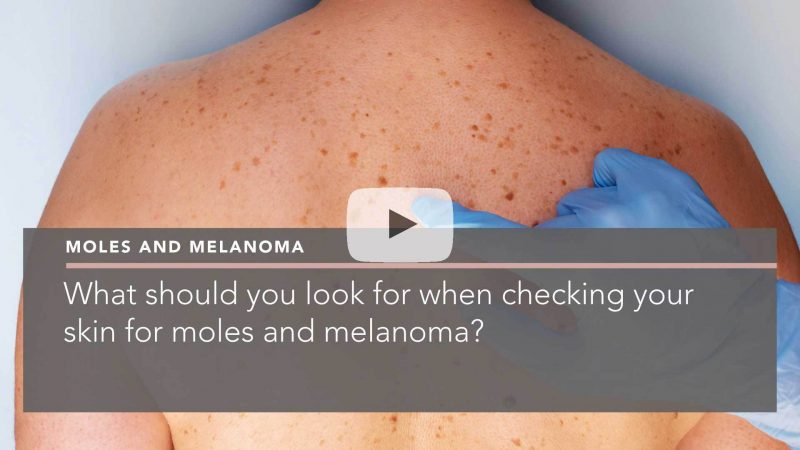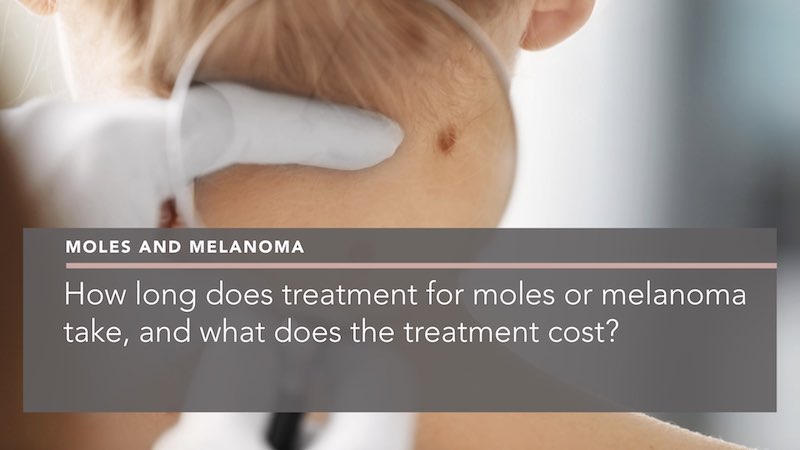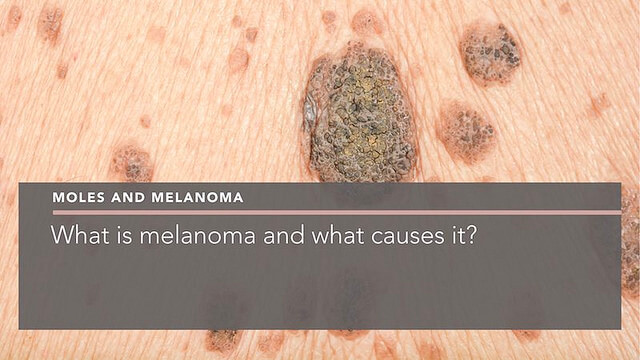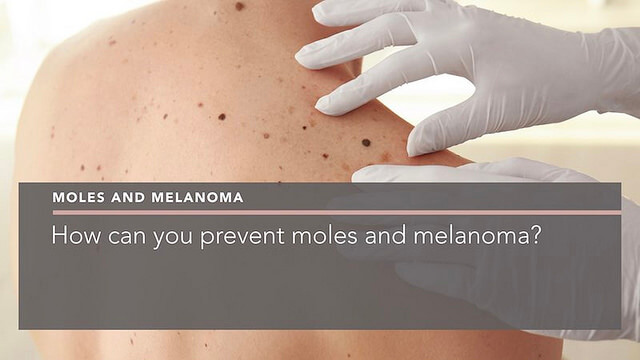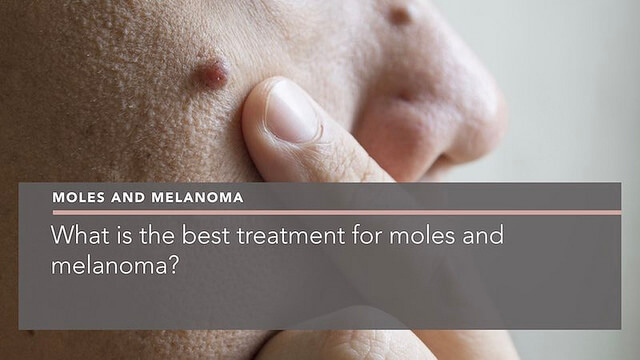Interview transcription:
We interviewed Dr Penelope Pratsou to find out what you should look out for if you suspect melanoma.
Should I check my skin for signs of melanoma?
Penelope Pratsou: I always say that the first step is getting into good habits and start checking your own skin and moles. This can be done very simply with two mirrors; one facing you and one at the back.
Make sure you check for any new moles and for changes in size, shape or colour to your pre-existing moles. An easy way to remember this is with the simple 5-step A, B, C, D, E rule.
The 5-step A, B, C, D, E rule
- A is for Asymmetry: First, you must look for whether one half of your mole is a mirror image of the other half. If it’s not, that’s asymmetry.
- B is for Border: If the border of the mole is irregular, a bit fuzzy, or if it has developed a new edge to it, then the border of the mole is irregular.
- C is for Colour: If your mole has got more than one or two different colours – especially if you’ve got red and brown together – then that’s something to take note of.
- D is for Diameter: If you’ve got a lesion or a mole that’s more than 6 millimetres in diameter, or if it’s really getting bigger, then this is another sign.
- E is for Expert: If you notice any of the changes mentioned above or if you’ve got a new pigmented lesion that is constantly changing, it’s time to speak to an expert.
If you have any of the symptoms or conditions that we’ve just discussed, pick up the phone and book a consultation. That way, I can do an assessment of your moles. This is very straightforward to do and I can give you the right advice. If there’s anything that’s a cause for concern, we can go ahead and get that sorted on the day of the consultation.
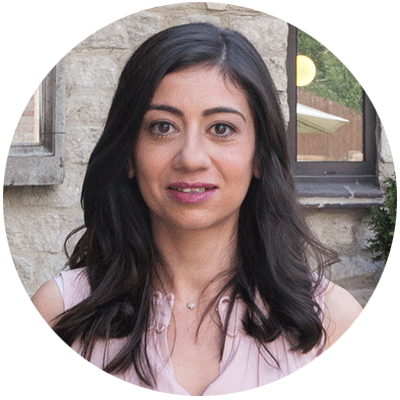
About the author
Dr Penelope Pratsou | Consultant Dermatologist
MBChB, MRCP (UK) (Dermatology)
I’m Dr Penelope Pratsou, a skilled independent Consultant Dermatologist based in Berkshire. I have specialist expertise in the diagnosis and management of all skin cancers, and in performing mole checks. I’m a trained skin surgeon and remove skin cancers, moles, skin tags, cysts and warts.
I also have invaluable experience in dealing with all skin conditions, from the common skin complaints of acne, rosacea, eczema and psoriasis, to the rarer and more complex skin problems, having seen it all through years of NHS work.
After I obtained my Membership to the Royal College of Physicians, I undertook rigorous specialist training in dermatology, before being appointed as a Consultant Dermatologist at the Royal Berkshire Hospital, Reading. There, I helped set up and lead a busy clinic for the diagnosis and treatment of suspected skin cancer. I was also actively involved in supervising and training both dermatology and GP trainees.
Alongside my increasingly busy private practice, I have maintained an NHS practice in Oxford in order to continue to engage with challenging cases and to develop my specialist interest in skin allergy.
